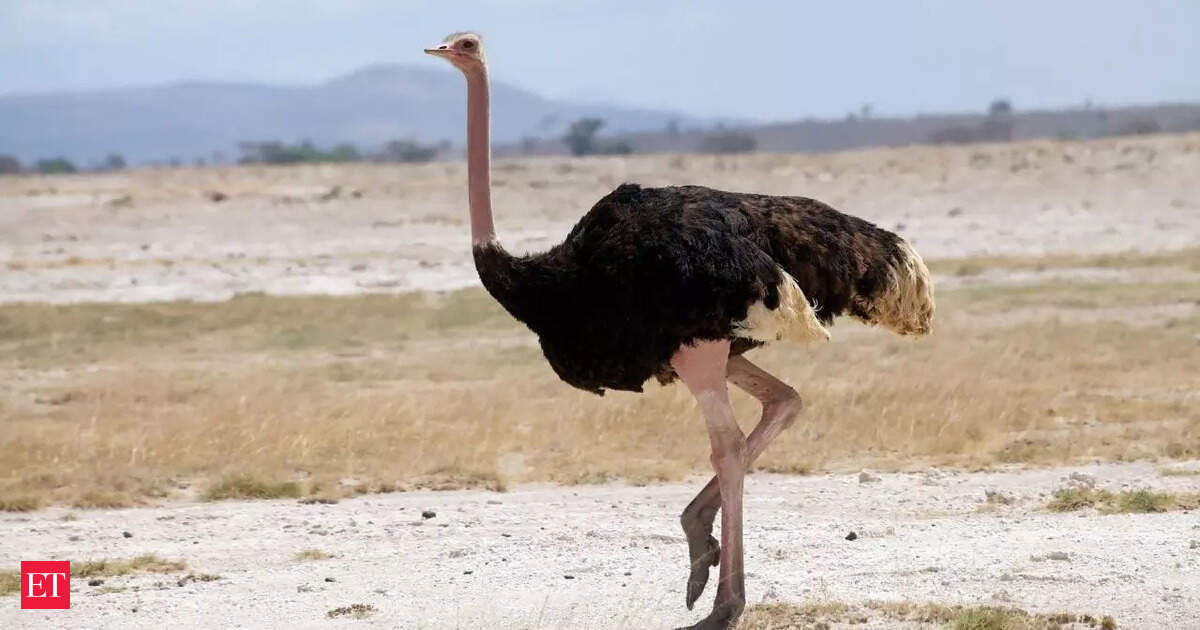Now Reading: Study Uncovers How Giant Flightless Birds Migrated Across Continents
-
01
Study Uncovers How Giant Flightless Birds Migrated Across Continents
Study Uncovers How Giant Flightless Birds Migrated Across Continents

Quick Summary
- Flightless birds like ostriches,emus,and rheas inhabit six continents despite their inability to fly.
- A recent study suggests their ancestors were capable of long-distance flight before evolving into flightless species.
- early hypotheses argued they walked across the supercontinent Pangaea, but genetic timelines conflict with this theory.
- Klara Widrig from the Smithsonian National Museum investigated ancient paleognath fossils such as lithornis promiscuous (59-56 million years old), which showed potential for sustained flapping flights.
- The study published in Biology Letters used 3D analysis of breastbone structure,revealing similarities to modern long-distance flying birds like egrets and herons.
- Findings suggest ancient paleognaths flew across oceans before evolving independently into diverse flightless species through convergent evolution post-extinction events and predator-free conditions.
Indian Opinion Analysis
This research offers meaningful insights about evolutionary pathways that may redefine how we understand biodiversity patterns globally. While India’s endemic bird populations include various ground-feeding species impacted by environmental changes, understanding long-term evolutionary dynamics could benefit conservation strategies.Findings about predator-free adaptations emphasize ecosystem balance as critical in shaping species traits over time-a principle echoed in India’s wildlife policies for preserving endangered bird populations. As science advances in reconstructing ancestral behaviors through fossil analysis,collaboration or knowledge sharing between Indian ornithologists and international researchers could help deepen insights into native ecosystems.























